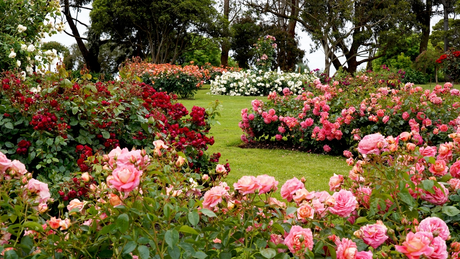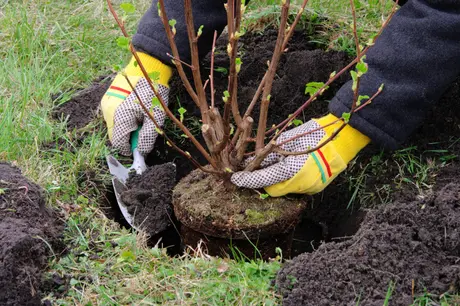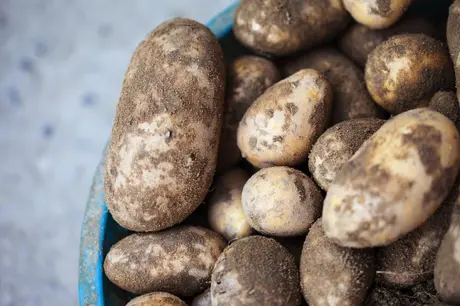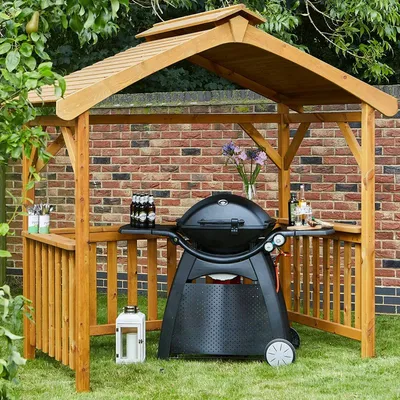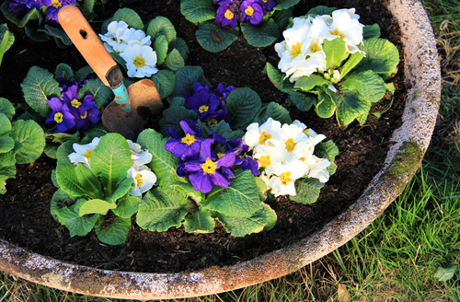
Let’s get Spring started! February is the perfect time to start adding colour to your garden or patio. And the beautiful Primrose is a fantastic choice to do so!
The Primrose (Primula) is a herbaceous perennial plant, which means it has soft, non-woody stems that die back to the ground each year and regrow from the roots in the spring. It is a popular garden plant known for its showy, brightly coloured flowers that bloom in early spring, providing an early source of colour in the garden. Primroses are often used as ground cover plants, in rock gardens, or as potted plants, and are available in a range of colours including yellow, pink, red, blue, and purple. They prefer a well-drained, moist soil and partial shade and are known for their ease of cultivation and low maintenance requirements.
Enjoy your Primrose for years to come
Adding colour to your garden is one thing, but keeping your plants vibrant and radiant is another. With these tips, you’re sure to enjoy the Primrose’s beautiful colours for years to come.
- Watering: Primroses need regular watering, especially during dry spells. Water them deeply, but avoid getting water on the foliage to prevent disease.
- Soil: Primroses prefer a well-drained, moist soil. If your soil is heavy or poorly drained, consider amending it with compost or other organic matter.
- Fertiliser: Primroses do not require a lot of fertiliser, but you can apply a balanced, slow-release fertiliser in the spring to encourage healthy growth.
- Pruning: Primroses can become leggy over time. To keep them looking neat and healthy, you can pinch back the tips of the stems after they have finished blooming.
- Mulch: Apply a layer of mulch around the base of the plant to help conserve moisture and suppress weeds.
- Pests and Diseases: Primroses are generally low-maintenance plants, but they can be susceptible to powdery mildew, rust, and aphids. To prevent these issues, make sure to provide good air circulation, avoid getting water on the foliage, and remove any diseased foliage as soon as possible.
- Propagation: Primroses can be propagated by division or from seed. Divide the clumps every 2-3 years to keep them from becoming overcrowded, and remove any yellowed or diseased foliage. To propagate from seed, sow the seeds in the fall or spring and cover them with a light layer of soil.
By following these tips, you can keep your primroses healthy and looking their best for many years to come.
Where to plant Primroses in your garden?
Colourful, beautiful, vibrant and - yes - versatile! The Primrose can be planted in various spots in your garden, on your patio or even hanging from your balcony. Let us give you some ideas of how and where to plant a Primrose.
- Rock gardens: Many species of primroses are well-suited to rock gardens, where they can spill over the rocks and provide a splash of colour.
- Borders: Primroses can be used as a border plant, where they can provide a low-growing mass of colour.
- Ground cover: Some species of primroses make excellent ground cover plants, as they spread quickly and provide a carpet of colour.
- Pots and containers: Primroses can also be grown in pots, hanging baskets and containers, which is ideal for those with limited garden space.
- Woodland gardens: Some species of primroses are native to woodlands, and can be used to add a touch of colour to these types of gardens.
In general, primroses prefer a well-drained, moist soil and partial shade, but some species can tolerate full sun, as long as they are provided with enough water during dry spells. We invite you to visit one of our garden centres to enjoy these early spring colours and lighten up your outdoor space!

